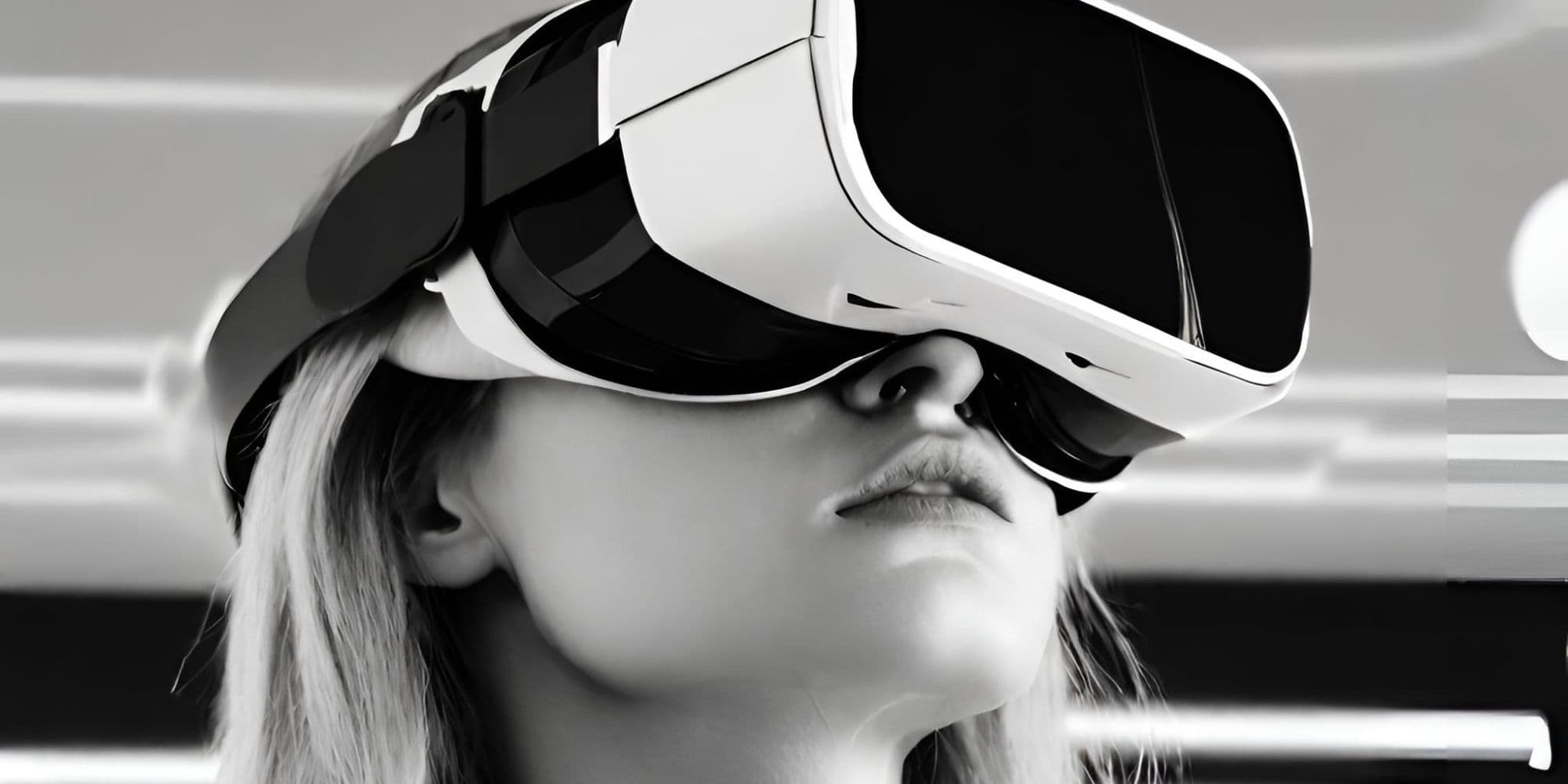Virtual Reality



Exploring the World of Virtual Reality
Virtual Reality (VR) has transitioned from a niche technology to a significant part of our digital landscape, capturing the imagination of tech enthusiasts and the general public alike. With applications ranging from gaming and entertainment to education and healthcare, VR is reshaping how we interact with digital content. As technology continues to advance, understanding the fundamentals of VR, its features, and its applications can help us appreciate its potential and impact on our future.
What is Virtual Reality?
Virtual Reality is a simulated experience that can be similar to or completely different from the real world. It typically involves the use of headsets or specialized equipment that immerses the user in a 3D environment. By utilizing visual, auditory, and sometimes tactile feedback, VR creates a sense of presence, allowing users to feel as if they are inside the virtual space.
Key Components of VR
- Hardware: This includes VR headsets, motion controllers, and sometimes additional sensors to track user movements.
- Software: VR applications and games that create the interactive environments and experiences.
- Content: The visual and audio elements that make up the VR environment, including graphics, animations, and sound effects.
Key Features of Virtual Reality
Virtual Reality is characterized by several key features that enhance user experience:
- Immersion: VR creates a sense of presence, making users feel as if they are part of the virtual world.
- Interactivity: Users can interact with the environment through movements and gestures, increasing engagement.
- Realism: Advanced graphics and audio design enhance the lifelike quality of the experience.
- 360-Degree Views: VR allows users to look around in all directions, providing a comprehensive view of the virtual space.
Types of Virtual Reality
- Non-Immersive VR: These experiences can be accessed through standard screens and do not require specialized equipment (e.g., video games played on a computer).
- Semi-Immersive VR: This type uses larger screens, such as VR simulators or CAVEs (Cave Automatic Virtual Environments), which provide a more immersive experience.
- Fully Immersive VR: This category involves VR headsets and motion tracking, offering a complete immersion in the virtual environment.
Applications of Virtual Reality
The versatility of VR technology has led to its adoption across various fields, each leveraging its unique attributes to enhance user experiences.
1. Gaming and Entertainment
- Virtual Reality Games: Titles such as "Beat Saber" and "Half-Life: Alyx" are designed exclusively for VR, offering players immersive gameplay that traditional consoles cannot match.
- Virtual Theme Parks: Attractions like "The VOID" combine VR with physical environments, creating experiences where users can walk through and interact with virtual worlds.
2. Education and Training
- Simulated Training: Medical students can practice surgeries in a risk-free virtual environment, enhancing their skills without the pressure of real-life consequences.
- Virtual Classrooms: Schools can use VR for interactive lessons, allowing students to explore historical sites or scientific concepts in ways that traditional methods cannot replicate.
3. Healthcare
- Therapeutic VR: Used in pain management and rehabilitation, VR creates calming environments for patients or helps them perform physical therapy exercises in a more engaging way.
- Exposure Therapy: VR is utilized to treat phobias by gradually exposing patients to their fears in a controlled virtual setting.
4. Architecture and Design
- Virtual Walkthroughs: Architects can create VR models of buildings, allowing clients to explore spaces before they are built, enhancing design communication and feedback.
- Interior Design: Homeowners can visualize changes in their space with VR, making design decisions more informed and interactive.
Challenges and Limitations of Virtual Reality
Despite its potential, several challenges hinder the widespread adoption of VR:
- Cost: High-quality VR systems can be expensive, making them less accessible to the average consumer.
- Motion Sickness: Some users experience discomfort or nausea when using VR due to misalignment between visual input and physical motion.
- Content Creation: There is still a need for more diverse and high-quality VR content to attract a broader audience.
The Future of Virtual Reality
As technology continues to evolve, the future of virtual reality looks promising. Advancements in hardware, such as lighter headsets and improved graphics, are making VR more accessible and appealing. Furthermore, the integration of VR with other technologies, like augmented reality (AR) and artificial intelligence (AI), could lead to even more innovative applications.
Potential Developments
- Social VR: Platforms that allow users to socialize in virtual spaces may transform how we interact online, creating new forms of community and connection.
- Enhanced Realism: Future VR experiences will likely feature even more immersive graphics and haptic feedback, making virtual environments indistinguishable from reality.
- Broader Applications: Beyond gaming and education, sectors like real estate, tourism, and remote work are beginning to explore VR, indicating a growing acceptance of this technology.
Conclusion
Virtual Reality stands at the forefront of an exciting technological revolution, with the potential to transform how we learn, play, and interact with the world around us. While challenges remain, the ongoing development in VR technology promises to make these immersive experiences more accessible and impactful than ever before. As we continue to explore the boundaries of virtual and physical worlds, the implications of VR will undoubtedly shape the future of human experience. Embracing this technology could lead us into a new era of creativity, learning, and connection unlike anything we've seen before.